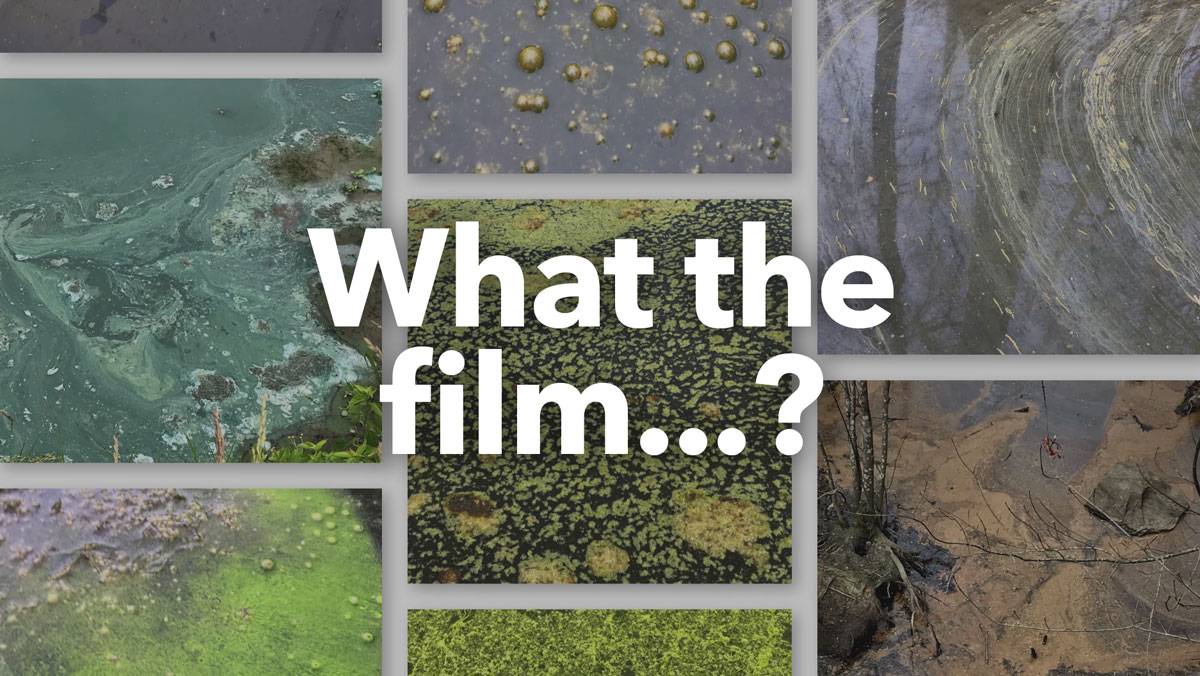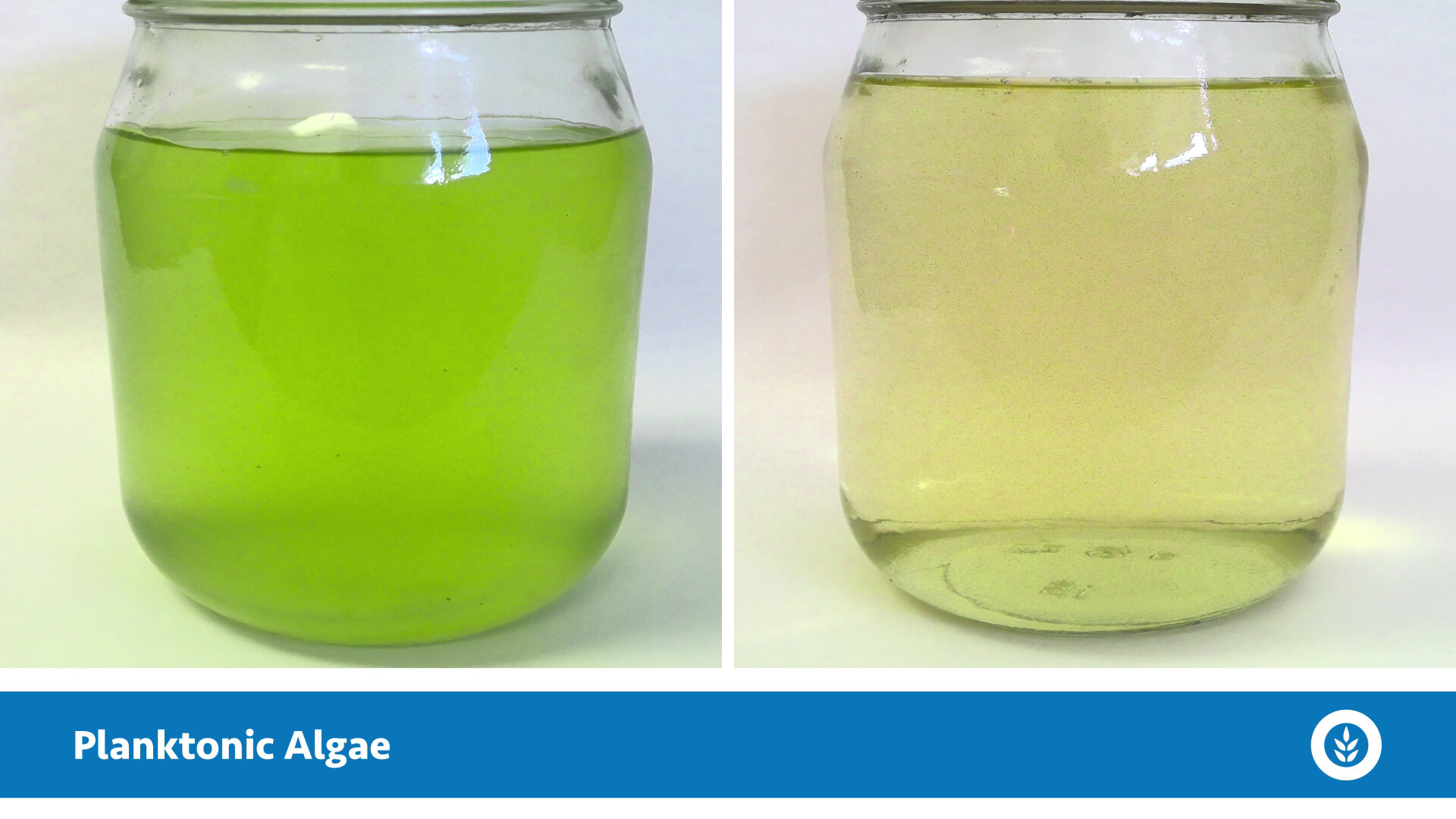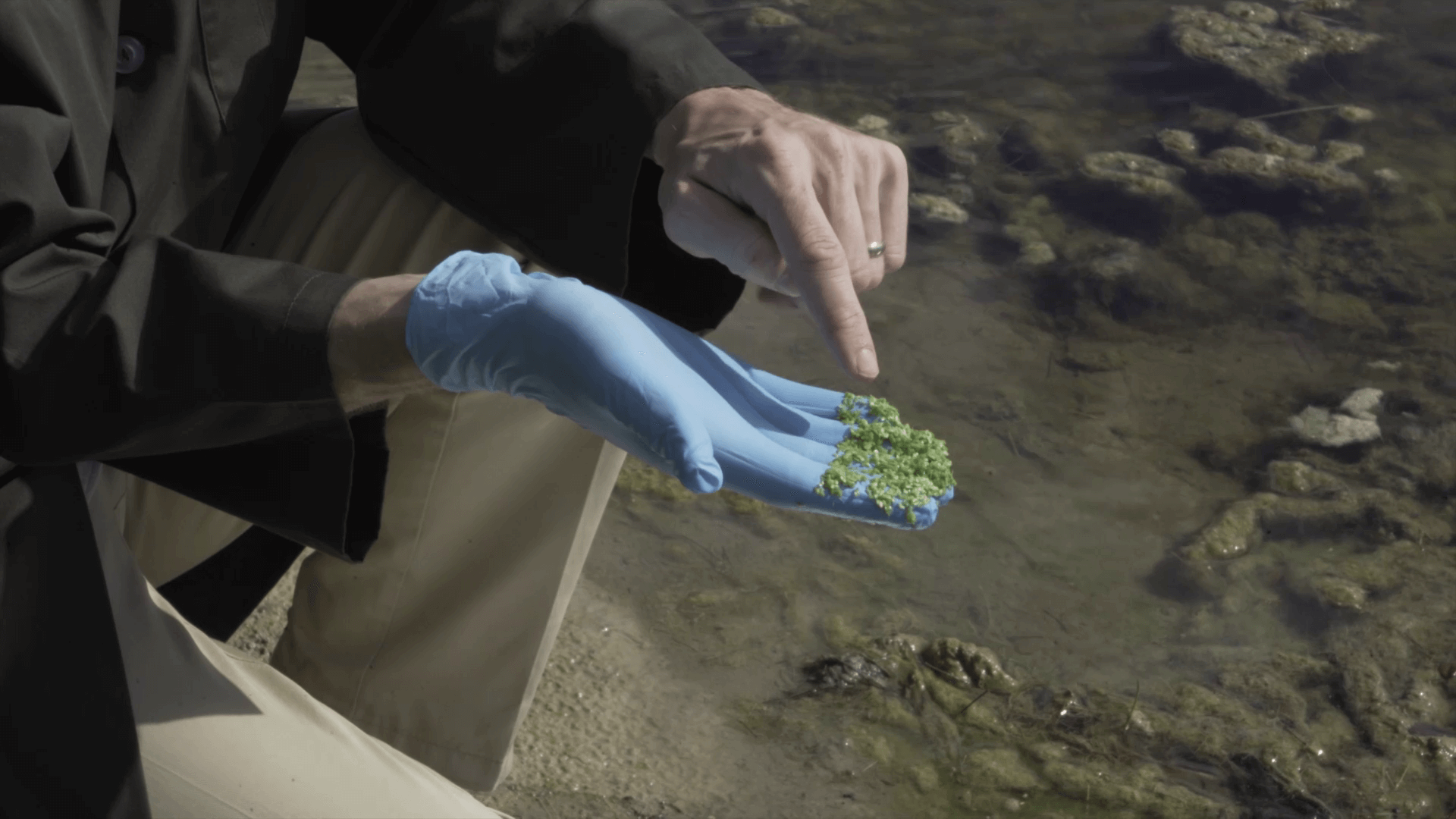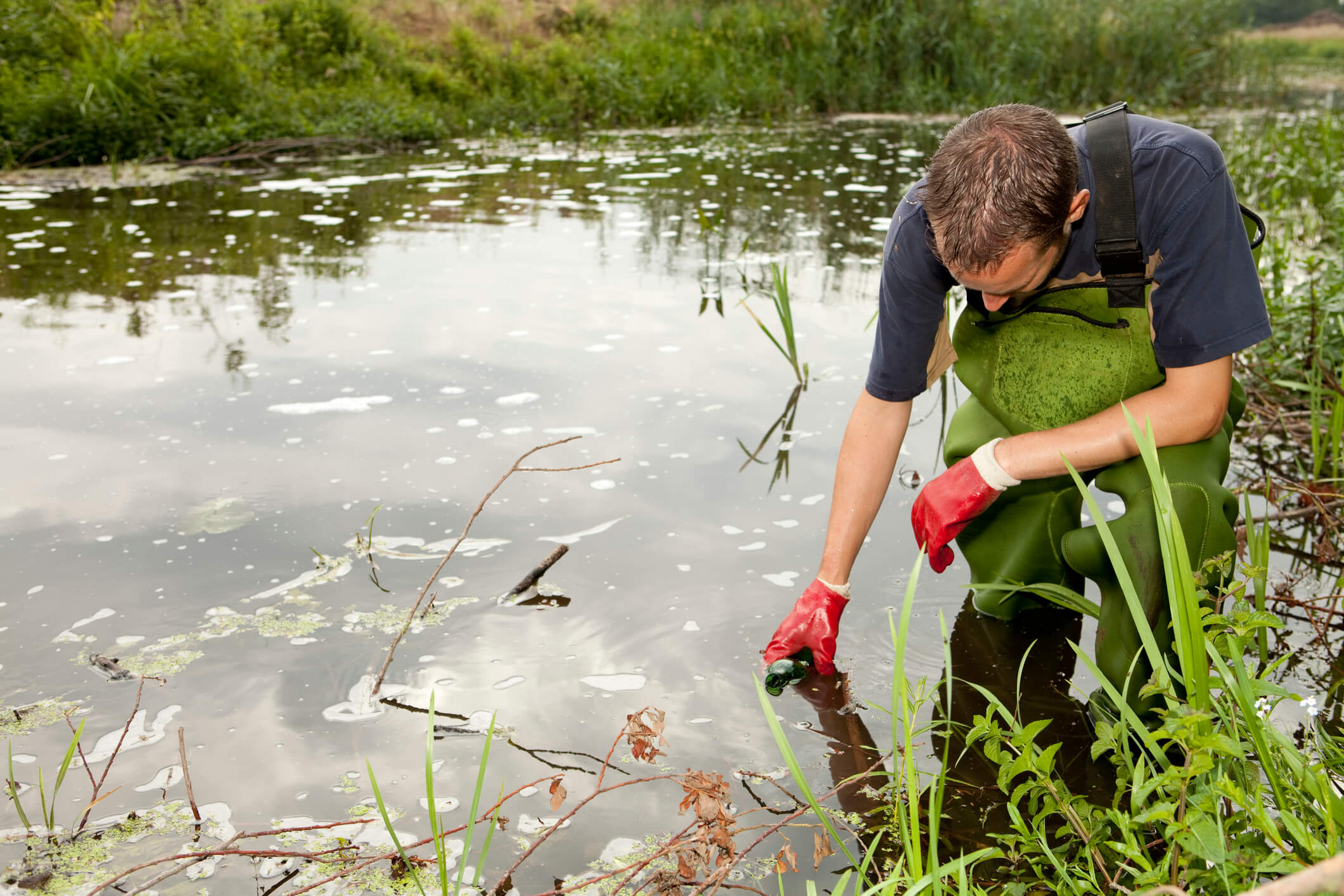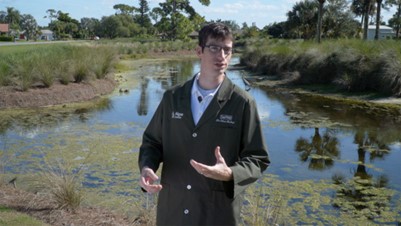Algae Corner: Initial On-Site Assessment
Welcome to this special episode of Algae Corner, out in the field, with Dr. West Bishop! What we’re covering today are On-Site Assessments. We’re going to look at some questions to ask and things to look for when you go to a specific site in order to help us develop a prescription for that site.

Algae Corner: Taste & Odor Issues Associated with Algae
Want to get Algae Corner Updates? Get the latest news by subscribing to our channel:
Why to Perform an On-Site Assessment
We want to see what we’re up against in terms of management, the intensity of management, and the need for management. Will this be something that needs to be a long-term program or is it something we can pretty quickly get in check?

The First Question: What is the Source of Water?
The first thing we look for when we go to a site is what is the source of water? What are the inflows of water coming into a system? Where the water is coming from to fill up the pond is very important.


For example…
Is it filled by well water? Is it spring fed? Is there spring water coming in? Is there a stream or a ditch or a canal or a lateral that's bringing water into that pond or lake system? Is the water body sitting down low? Is it sunken in the earth? Or is it sitting above everything else around it?

The Second Question: What Does the Watershed Look Like?
Next is the watershed. It’s good to understand what the watershed is around the pond to know what may flow into the waterbody and what we may be up against in terms of management.


For example…
How big is the watershed? Where is the water coming from that flows into it? What’s it covered by? Is the watershed grass? Is that grass cut? Are the grass clippings blown into the system? Is it surrounded by trees? Do leaves fall down and get blown into that water body too? Is it pastureland? Are there horses or cows upstream from your water body? Is it agricultural land? What types of crops are growing? How often are they fertilized? Does that fertilizer flush down into the system? Is it residential? Are there a lot of houses? Is it industrial? Are there a lot of businesses and parking lots? A lot of impervious services?

The Third Question: What is the Soil Type?
Another thing to look for around the pond or lake system is the soil type.

For example…
Is it mainly organic material? Is it peat moss and mucky organic coming into the system or is it more sandy, silty, clay or rocks?

The Fourth Question: What Does the Buffer Zone Look Like?
The next thing to look for in the On-Site Assessment is the buffer zone.


For example…
Is there a buffer of plants around the edge of the pond? If so, how much of that area of the pond does it cover? Is it near the inflows, just a small section of the pond, or around the entire pond? What's that buffer zone comprised of? Is it woody plants or vegetative plants? Are they potentially invasive or nuisance species, like cat tails or bulrush or phragmites? Or is it beneficial native plants that make up the buffer zone around the edge? How big it is? Where is it at? What is it comprised of?

The Fifth Question: How Does the Water Appear?
Next up is water appearance.


For example…
Is the water clean and clear and pristine? Or is it murky and brown? Or does it have algal mats and scums built up in it? If so, how long has it been like that? Does it get worse after a rain? Or do you see a seasonality to the algal growth factors, water appearance, or discoloration? Or has it been constant for a long time in the water body?

The Sixth Question: What Animal Types Are in the System?
The other thing we look at for the On-Site Assessment is wildlife.


For example…
What type of animals are in the system? Do you see a lot of flying birds such as geese, ducks or swans? Are they bringing a lot of nutrients with them in the form of their feces? Do you have muskrats or beavers? Fish are also important to note. Do you have a diverse array of different types of fish and sizes? Or is it mainly one type? Do you have a lot of carp and catfish? Or is it more trout and goldfish? Are those fish fed or left to innately fend for themselves? If they’re fed, are they fed by hand or by a machine feeder?
In Summary
In summary, today we covered important things to ask when it comes to the initial On-Site Assessment. There are multiple factors involved, and this knowledge can be extremely valuable in helping categorize your pond or lake system. It also helps inform the direction of management, the need for management, and the intensity of management to get your pond or lake system on the right track.

We’re here to help! We can put you in touch with your local SePRO technical specialist. As always, there is a lot more to learn in the Algae Corner series and on the rest of our site at SePRO.com. Thanks for tuning in!

